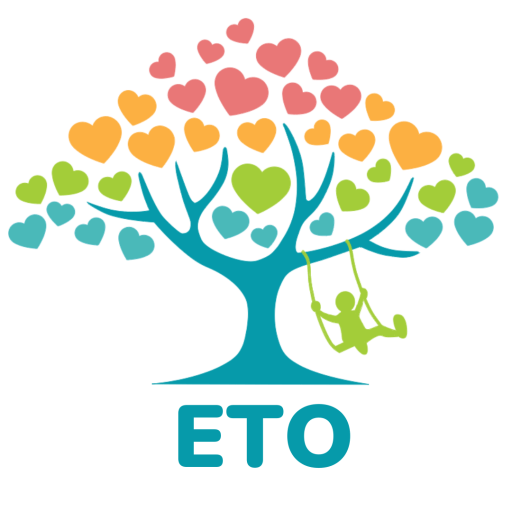Did you know that brain growth occurs most rapidly from birth to age 3? Infancy is a time of great change within the brain. This is due to the building of links, or ‘synapses’, between neurons. This is important for cognitive development, as neurons are the ‘working units’ of the brain and synapses carry information to and from neurons.
Sensory stimulation and early brain growth
Though early stages of brain growth are affected by genes, this is not the only influence. Kids are always growing and learning through the stimulation in their surroundings. Sensory stimulation and early brain growth are vital to one another. Synapses are created through provided stimulation.
Therefore, infants and toddlers need the opportunity to participate in a world filled with sensory experiences! The brain learns about the world through the sensory system, including: sight, hearing, smell, touch and taste. Repeated sensory stimulation strengthens the brain’s connections. Furthermore, this supports the growth of cognitive skills, such as perception, memory and attention.
What toys provide sensory stimulation and early brain growth
There have been major studies looking at infant and toddler homes (where growth and learning mostly occurs). They found that the availability of stimulating toys predicts future mental behaviour and supports better cognitive development.
With this in mind, choosing toys to create opportunities for sensory stimulation through play at home is very important! Here are some tips to help choose the best toys for your child’s growth:
- Visuals: Aesthetics are great for engaging kids with toys. This includes colours, simple designs, clean lines and subtle details.
- Touch: Infants and toddlers use their sense of touch to learn about the world around them. Materials should be light, easy to grasp and offer a variety of textures. For example, wood is warm and inviting, while plastics tend to be cold.
- Sound. Infants enjoy making sounds with materials. However, toddlers tend not to like loud noises. Therefore materials like wood and fabrics are better, as they absorb sound.
- Finally, don’t forget offering too many options at once can be overwhelming. This can compromise your child’s ability to explore well with their senses.You may have a selection of sensory toys, but try to offer one at a time.
References
Dionne-Dostie, E., Paquette, N., Lassonde, M., & Gallagher, A. (2015). Multisensory Integration and Child Neurodevelopment. Brain Sciences, 5(1), 32–57. http://doi.org/10.3390/brainsci5010032
Gable, S. & Hunting, M. (2000). Nature, nurture and early brain development. http://extension.missouri.edu/publications/DisplayPub.aspx?P=GH6115
Piaget, J. 1952. The Origins oflntelligence in the Child. New York: Norton.
Shabazian, A. N., & Soga, C. L. (2014). Making the right choice simple: Selecting materials for infants and toddlers. YC Young Children, 69(3), 60.
Urban Child Institute. Baby’s Brain Begins Now: Conception to Age 3. http://www.urbanchildinstitute.org/why-0-3/baby-and-brain

